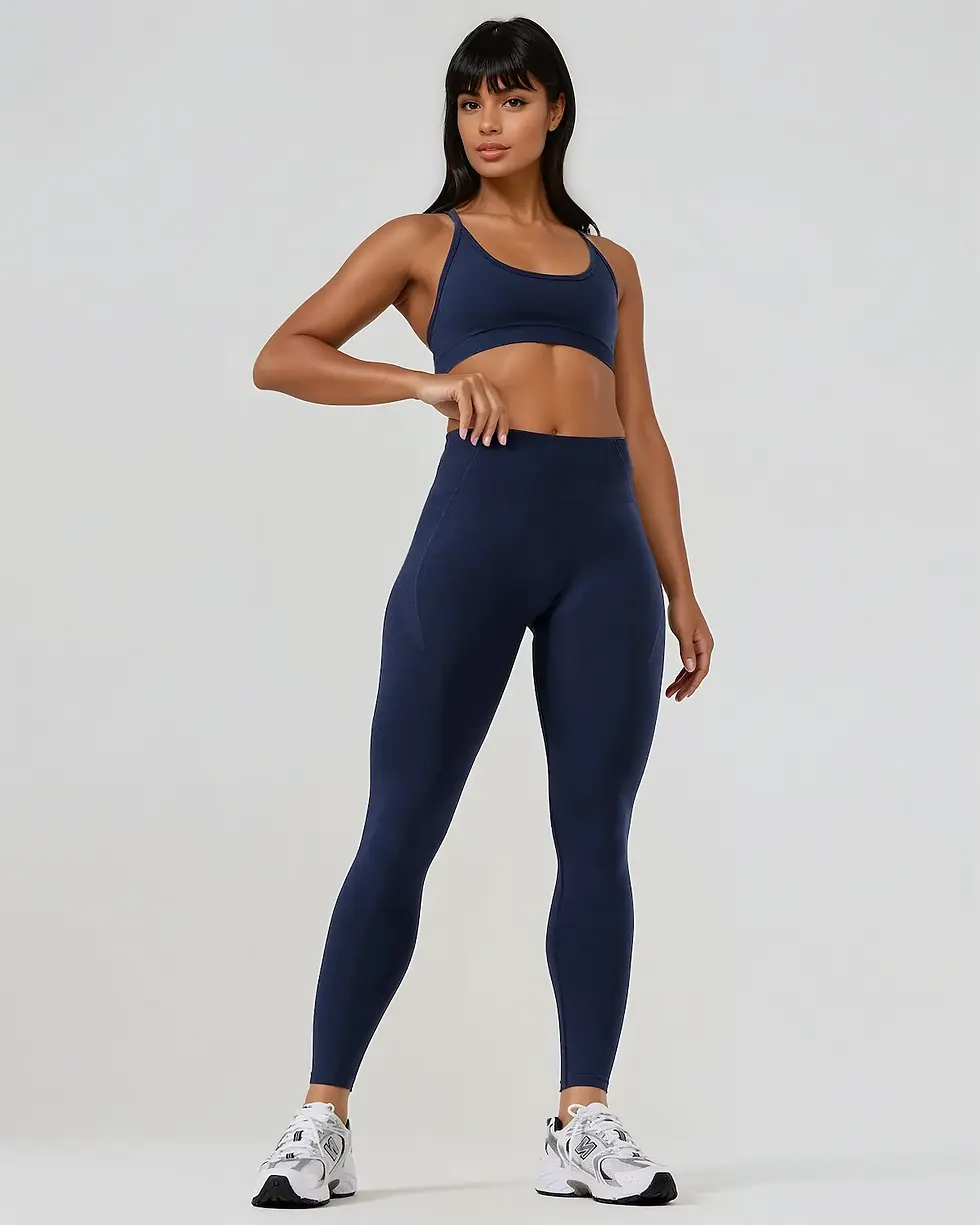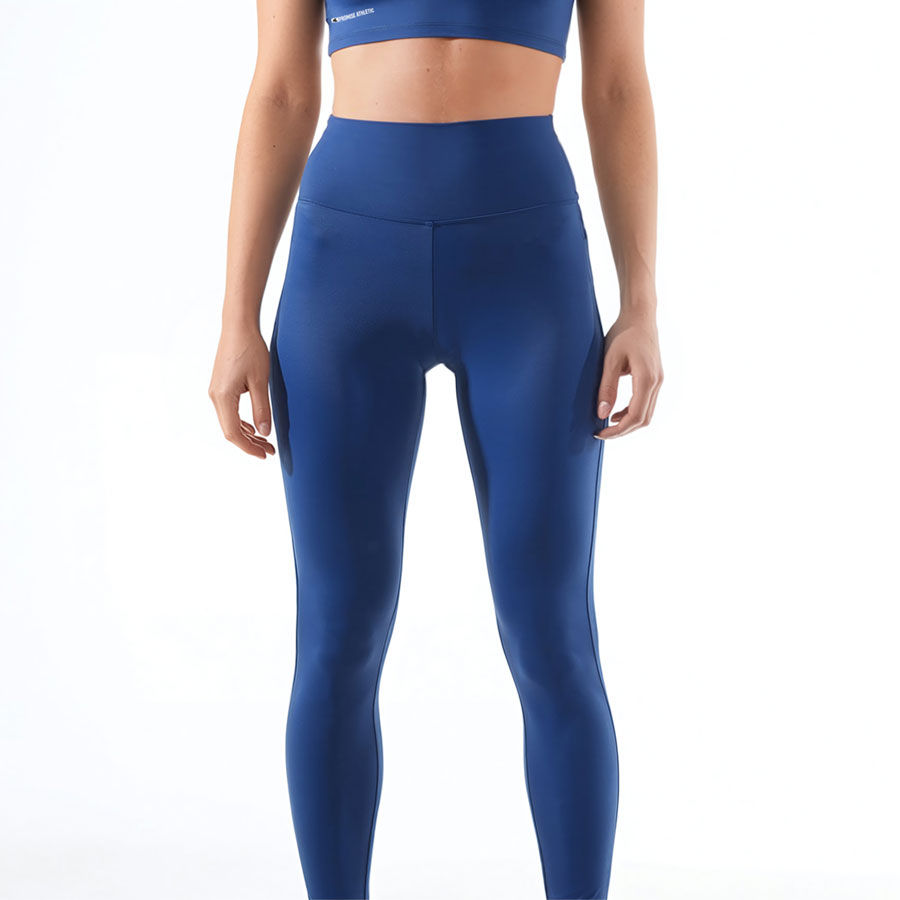How can B2B Sustainable Clothing Production Achieve Rapid Response Sourcing in 21 Days?
- AEM Textile

- Mar 26, 2024
- 5 min read
Updated: Apr 17, 2024

Case study, Achieving the Impossible in Sustainable Clothing: 6 styles, 129 variants, 126.132 total units, 37 color ways, 89 printing artworks. All made and shipped in 21 days.
First, you can download our project presentation file here:
The Challenges of Sustainable Clothing Sourcing
In navigating the complex landscape of sustainable sourcing, AEM Textile confronts several formidable challenges:
Global Logistics and Market Dynamics: The textile industry faces disruptions due to global logistics crises, post-COVID demand shifts, and climate change. These factors underscore the necessity for sustainable practices to ensure long-term success.
Material Sourcing and Environmental Impact:
Synthetic Fabrics: Widely used materials like polyester and nylon, constituting 69% of clothing, not only generate greenhouse gases and pollution in high levels but also take up to 1,000 years to decompose. This contributes significantly to the fashion industry's carbon footprint, which accounts for up to 10% of global emissions. That is a number need to be reduced. Organic Alternatives: While organic cotton presents a more sustainable option, its cost is significantly higher than conventional cotton, posing economic challenges for sustainable sourcing.
Technological and Operational Hurdles:
Recycling Barriers: Less than 1% of clothing is recycled globally, hindered by a lack of skilled labor and technological solutions for garment recycling. This is compounded by inefficient waste collection and a dearth of recycling innovations.
Supply Chain Complexity: Ensuring materials meet high-quality standards and ethical sourcing is challenging, especially when dealing with international suppliers. Additionally, long lead times and high demand for certain materials complicate quick sourcing [5].
By addressing these challenges head-on, AEM Textile is committed to pioneering sustainable solutions within the textile industry, ensuring ethical procurement and minimizing environmental impact. While we cannot completely solve the issues above, we must at least focus on high quality, long lasting, purposeful products to be made with least assets as possible. Completely opposite of what "fast fashion" does.
Case Study: Rapid Response Project
At AEM Textile, our commitment to innovation and sustainability is optimized by the Rapid Response Project, a 21-day initiative designed to deliver custom order styles swiftly and efficiently. This project is our answer to the market's demand for agility and responsiveness, ensuring that businesses can adapt quickly to changing consumer preferences with ethical and sustainable production practices at the forefront .
Key Features of the Rapid Response Project:
Dynamic Sourcing Strategy: Utilizes a dynamic approach to sourcing, allowing for quick adjustments to consumer demands and market trends. This strategy is pivotal in employing environmentally-conscious materials and automated processes, ensuring ethical production. Cost and Time Efficiency: Offers cost stability for 6-12 months, protecting against material cost fluctuations and enhancing cash flow through reduced stock costs and faster restocks. This efficiency is critical in minimizing restock lead times and workmanship costs [10].
Innovative Product Lines and Strategies: The project spans four product lines, including T-shirts, joggers, tank tops, underwear, sweatshirts and hoodies. Implementation strategies feature a dedicated Rapid Response Team, Digital Fabric Network, Forecasting, and Digital Style Access, all aimed at streamlining production and introducing new designs and colorways quickly [10].
Through these measures, we're setting new standards in sustainable clothing manufacturing, demonstrating that rapid production does not have to compromise ethical and environmental values.
Achieving a 21-Day Turnaround Time
We were able to achieve a 21-day turnaround time, which greatly benefited our EU customer since August 2023. Here are the results:
Shorter Lead Times: Instead of waiting 3-4 months for delivery, our customer now enjoys shorter lead times of 3 weeks and 4 weeks delivery times. This allows for reduced stock costs and avoiding sales losses for fast running styles.

Less Financing for Stock: By reducing lead times, our customer avoided financing of the stock that may not sell. Additionally, they can avoid longer shipping times, which can take up to 45 days when shipping from the far east, compared to just 10 days from Turkey. Thanks to near shoring. 78% faster logistics.
Reduced Warehousing Costs: Our customer has seen a 22% reduction in warehousing costs.
Unlimited Customization options: Our customer enjoyed customization of their product in every detail. our customer were previously using a print on demand business model which was blocking the way when it comes to customization of patterns, fitting, fabrics, even wash & care labels. Not to mention about the print on demand is made over completed blanks, which isn't the best way of producing branded apparel but last minute promotional runs.
Operating in Smaller Batches: Previously, our customer was unable to conduct "test runs" due to larger batch sizes and fear of running styles went out of stock. Which resulted inflated dead stocks. However, with the improved turnaround time, they can now operate in smaller batches, allowing for more flexibility and the ability to test orders before committing to larger quantities. 4 styles, 111 variants, 80.000 total units. 444 color ways, 675 different printing artworks. All made in 21 days.
Organic Cotton / Re-cycled Polyester Price Volatility Cost Immunity: Within just 3 months of launching the program, we saved our partner brand over 100k€ in cumulative buying costs. This is due to the program's ability to mitigate the impact of price volatility, such as the increase in cotton prices by 25 percent within that period.
Improved Quality Consistency: By committing to larger batches of raw fibers, our customer has been able to eliminate quality inconsistencies across multiple orders.
Overall, the 21-day turnaround time has had a significant positive impact on our EU customer, resulting in shorter lead times, reduced costs, increased flexibility, and improved quality consistency.
Total savings of our customer according to our calculations would be bigger than that however, just from our project, taking into account we customer yearly cost savings would be 5%. Which can be passed into the better marketing and expansion budgets on a purposeful brand.
Sustainability and Environmental Certifications:
ISO14001:2015: Demonstrates our commitment to effective environmental management systems.GOTS, OCS, GRS, RCS: These certifications affirm our dedication to organic and recycled content, alongside environmentally and socially responsible production SEDEX and ICS audited supply chain: Validates our adherence to ethical business practices, quality management, environmental responsibility, and workplace health and safety.


Sustainable Material Sourcing:
Natural Fibers: In 2022, we sourced 24.53% of our fabrics from sustainable sources like organic and transitional cotton and lyocell, in 2024, we sourced 26.72% from sustainable sources with a goal to increase this to 35% by 2025. Synthetic Fibers: We sourced 59.11% of our synthetic fibers from sustainable sources, such as recycled polyester and recycled polyamide, aiming to increase this to 65% in 2025.
Eco-friendly Operations:
Our operations saved 959 trees, reduce 77.564 kg's of CO2 emissions, and save 844.146 liters of water annually in 2021, showcasing our efforts in minimizing environmental impact.The AEM Sustainability Toolkit and Council are instrumental in advancing industry-wide sustainability, aligning with stakeholder expectations and ESG regulations to reduce risks.
Through these measures, we are not just a sustainable clothing factory; we are trying to become a beacon of sustainable and ethical manufacturing in the textile industry.



